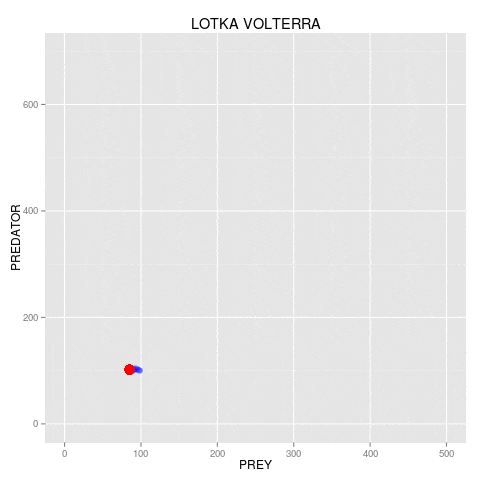1 Feb 2017. NUS statisticians have gained insights which allow for better prediction of physical phenomena.Dynamical systems are mathematical objects used to model physical phenomena whose current state varies over time. Examples may include the swinging of a clock pendulum, the formation of a traffic jam and the growth of crystals.Understanding the properties of dynamical systems is a challenge that has kept statisticians busy for years. A breakthrough method, the pseudo-marginal approach [1], has recently revolutionised the field. Until recently, this method was not well-understood and remained difficult to utilise. Prof Alexandre THIERY from the Department of Statistics and Applied Probability, NUS, with colleagues based in the UK and Canada, recently shed light on the mechanisms at play behind the pseudo-marginal method [2] and established some fundamental limitations [3] to its applicability.This collaborative effort culminated in a much better understanding of the asymptotic behaviour of the pseudo-marginal algorithm in high-dimensional settings, as well as the development of a principled framework for facilitating its optimal use. The insights gained by Prof Thiery have contributed to the wide adoption of the pseudo-marginal method in many fields where inference for dynamical systems is crucial. This includes areas in computational finance, biology and weather forecasting.
While powerful and asymptotically consistent, the pseudo-marginal method often remains slow and computation resource intensive when used to tackle large datasets and/or high-dimensional problems. Tuning the method to make it scale to these settings and managing these datasets effectively are formidable challenges that Prof Thiery and his co-authors are now investigating.

Figure shows the Lotka-Volterra dynamical system: the pseudo-marginal method is now a standard tool to analyse this type of dynamical systems.
Reference
[1] Andrieu C*; Roberts GO*, “The pseudo-marginal approach for efficient Monte Carlo computations” ANNALS OF STATISTICS Volume: 37 Issue: 2 Pages: 697-725 DOI: 10.1214/07-AOS574 Published: 2009
[2] Sherlock C*; Thiery AH*; Roberts GO; Rosenthal JS, “On the efficiency of pseudo-marginal random walk Metropolis algorithms” ANNALS OF STATISTICS Volume: 43 Number: 1 Pages: 238-275 DOI: 10.1214/14-AOS1278 Published: 2015
[3] Jacob P*, Thiery AH*, “On non-negative unbiased estimators” ANNALS OF STATISTICS Volume: 43 Number: 2 Pages: 769-784 DOI: 10.1214/15-AOS1311 Published: 2015



